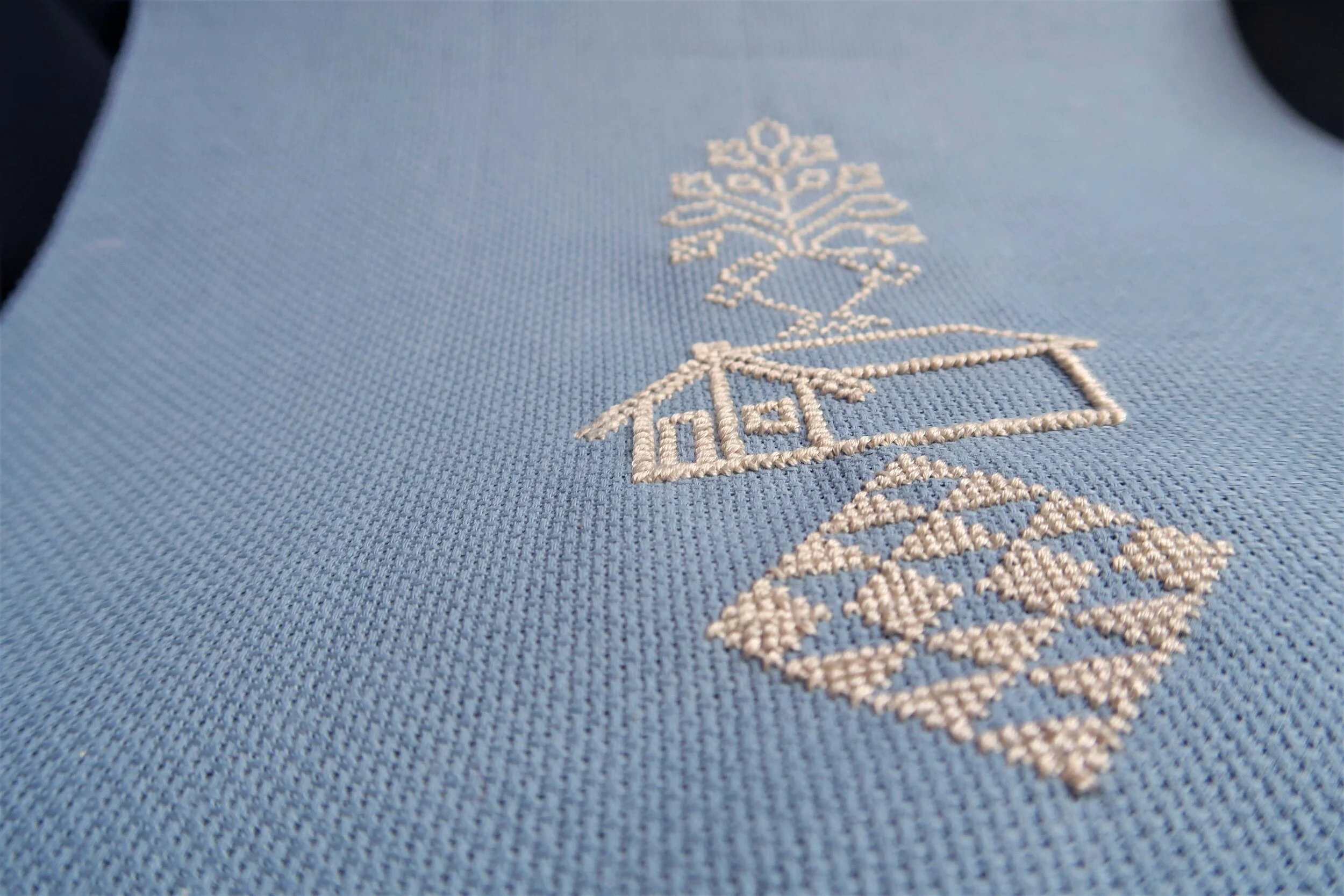
exhibitions, writing, curating
A selection of past work
↓
-

Curator at Te Kōputu a Te Whanga a Toi (2019-2020)
I was the Curator at Te Kōputu a Te Whanga a Toi in Whakatane for a year. During that time, I was proud to serve our community of over 40% Māori with an exhibition schedule that reflected our population.
We were able to showcase work by inspirational rangatahi artists, a huge Ron Te Kawa exhibition “Corners of the Heart” and I put together the exhibition about motherhood, mothering, and the maternal, that I had always wanted to see.
Image by Zoe Thompson-Moore
-

Video works
I love working with video, it’s a beautiful accessible format for diverse audiences.
Some exhibitions my videos have been a part of are:
Mason’s Screen, Wellington (2021)
Māori Moving Image: An Open Archive, The Dowse, Lower Hutt NZ (2019)
TransOceanic Visual Exchange, Melbourne Aus (2017)
Oberhausen International Short Film Festival, Oberhausen DEU (2017)
Māoriland Film Festival, Ōtaki NZ (2017)I’ve made a few video works that are hosted on the CIRCUIT page, check them out - and a bunch of other great artists too!
Still from ‘Palm Arms’ (2018)
-

Group Exhibitions
I’ve thankfully been invited to participate in many group exhibitions, here are a few highlights:
An embroidery piece, “Oreo’s Sampler”, pictured above was a part of X-marks Waitangi Treaty Grounds and Museum, in 2017
A series of images, “Manatū Atu Matua” exploring the complicit devastation of our natural resources under the Ministry of Primary Industries was a part of All Lines Converge at the Govett Brewster in 2016 and After 1985: He Aha te ahurea-rua? at St Paul St Gallery in Auckland in 2015.
Inamata, Onamata, Anamata was an exhibition in 2015 where I (alongside fellow Tūhoe artist Aimee Ratana) responded to the collections at the Whakatāne Museum. I produced a series of images, “Parawhenuamea” responding to historical photos of flooding, and “Ariā” that was filmed at places where specific museum taonga were collected.

Rachel and Indi in Harakeke (2016), in the Massey University Wellington Collection
ŌPŌTIKI: NEW ZEALAND'S FIRST DRONE-FRIENDLY TOWN (2016)
Oh man, I’m making this website in 2021 and looking back on these images thinking - it was not common in 2016 wear masks in public!
Anyway…
Ōpōtiki is a coastal town, home to about 4000 people in the Eastern Bay of Plenty of Aotearoa, New Zealand. In September 2015, the Ōpōtiki District Council established blanket approval for the recreational use of remotely piloted aircraft systems (RPAS), also known as drones on council-owned land, reserves and roads.
Privacy focused fashion is produced through mixing anti-surveillance “stealth wear” with customary Māori knowledge of native flora. Aided with these adornments, Ōpōtiki residents stake a claim for privacy and identity protection by hiding in plain sight from RPAS cameras. They are in essence, one with the land...
This exhibition was first exhibited at Blak Dot Gallery in Melbourne (2016), then again at Taneatua Gallery (2017).
-

Tino Ranagtiratanga in the digital age
A series of public workshops engaging in dialogue about agency, privacy and identity in a time where one’s image is continuously captured. Usually running alongside the Ōpōtiki exhibition, or part thereof, participants are invited to create headwear that protects them from surveillance and facial recognition technology.
This workshop has been held at Christchurch Art Gallery, the Dowse Art Museum, Whakatāne High School, Taneatua Art Gallery and Blak Dot Gallery in Melbourne.
-

Ngārara | Bacteria | Monster (2017)
Merit Award winner at the Molly Morpeth Canaday 3D Art Awards 2018.
This butter dish takes its form from pātaka, customary Māori food storehouses.
As a child, celebrating custom, I gathered kaimoana at Waiotahe pipi beds with my grandfather.
Today, I am not able to share this long-established practice with my daughter. Now at Waiotahe, the water and shellfish are polluted with E Coli; by low-lying, flood-prone dairy farming. An industry that provides financial affluence to very few, has poisoned our sacred pipi beds and stolen our capability to uphold tradition, to access shellfish where our ancestors once did. It’s increasingly difficult to see the benefits of the dairy industry when our free kaimoana makes us sick and the cheapest butter in the supermarket is $6.
-

Other Identities: Portrayals from the past...
Once upon a time, I did my Masters of Fine Arts at Massey University in Wellington. The full title of my thesis was “Other Identities: Portrayals from the past and what remains in the present” - what a mouthful, I was quite young.
I looked at postcards of Māori women that were published in the early 1900s and the colonial legacy of objectification that remains.
Anyway, it’s put me in good stead, I’m still banging on about this stuff a decade later.
